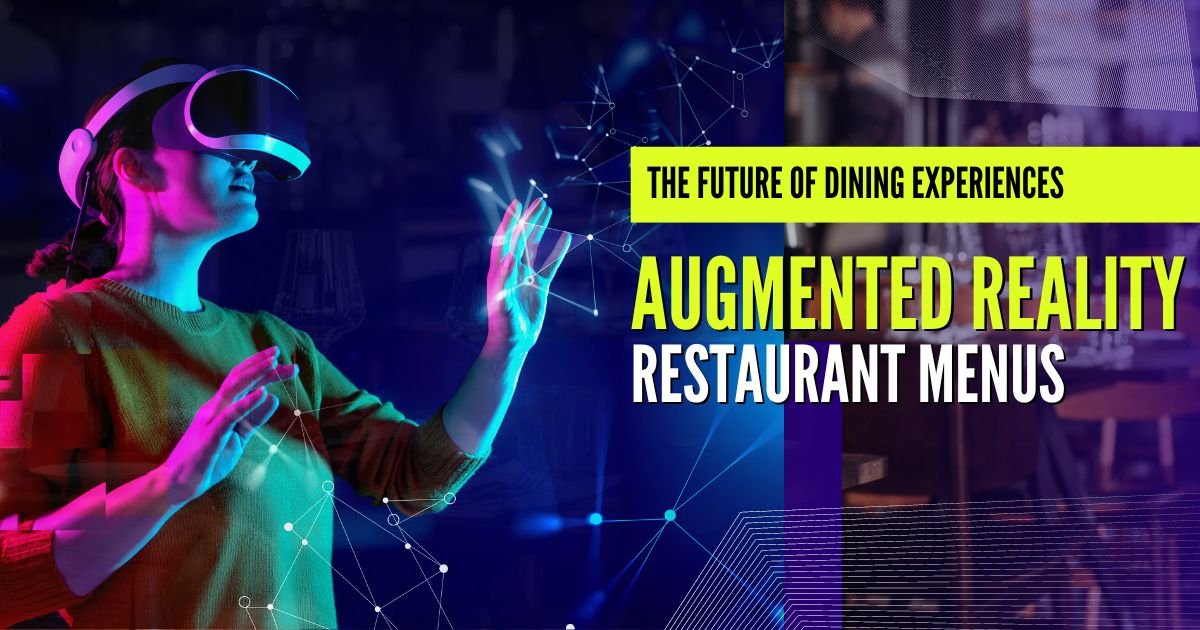In today’s world, having an online presence is very important for restaurants. With more and more people using the internet to search for dining options, restaurants need good digital marketing strategies. This helps them promote their business online and reach new customers.
This article talks about the top digital marketing strategies that restaurants should use. Following these strategies can help restaurants grow their customer base and get better results.
Search Engine Optimization
One of the first digital marketing strategies a restaurant should focus on is Search Engine Optimization (SEO). SEO helps improve the ranking of the restaurant’s website on search engines like Google. This allows the restaurant’s website to show up higher when potential customers search for related keywords.
For example, if a customer searches for “Italian restaurants near me”, an Italian restaurant that ranks high on local search results has a good chance of getting that customer’s business. So restaurants need to optimize their website and online content with relevant keywords that customers are likely to search for.
Things like the restaurant name, location, cuisine type, menu items etc. should be used in titles, content, alt text, metadata etc. This helps search engines understand what the website is about. Over time, this can improve the search ranking and visibility of the restaurant’s website.
Restaurants can research popular search terms people use to find dining options and focus their optimization efforts on those terms. SEO is an ongoing process but yields great results in terms of increased website traffic and new customer acquisition.
Social Media Marketing
Today’s diners are highly active on social media platforms. This presents a valuable opportunity for restaurants to market themselves through popular social media channels. Platforms like Facebook, Instagram, Twitter, YouTube etc. allow restaurants to promote their brand and directly engage with customers online.
Restaurants should create business profiles on relevant social platforms and be consistent with posting engaging content. This content can include daily specials, new menu items, events, contests, behind-the-scenes footage and more.
Visual content like food photos and short videos tend to perform very well on social media. Restaurants can use hashtags and location tagging to increase discoverability. Involving social followers in polls, surveys and contests is a great way to boost engagement.
Email Marketing
Email marketing allows restaurants to directly reach customers already familiar with their brand. Email subscribers who have opted in can be sent promotional messages, menu updates, event announcements and more. The goal is to drive repeat business.
Restaurants can offer email signup forms on their website and social platforms. Loyalty program members can be included in the email list to send special offers and discounts. Sending personalized emails based on factors like order history and food preferences is more effective.
Keeping email content relevant and avoiding over-promoting is important. Emails should add value for subscribers by giving them timely updates and incentives about the restaurant. Analytics should be used to track open and click-through rates.
Online Review Management
In the digital age, online reviews play a big role in the reputation of restaurants. Monitoring and responding to reviews on platforms like Yelp, Google Business Profile, Facebook etc. is important. Positive reviews can attract first-time diners while negative reviews need to be handled promptly.
Restaurants should aim to provide good service that results in positive word-of-mouth. Encouraging satisfied customers to leave online reviews after their visit can help. For negative reviews, restaurants can apologize for any shortcomings and offer to make things right. This reflects responsiveness.
Being proactive with review collection across review sites is a smart strategy. Restaurants can monitor their overall ratings and see what people commonly praise or complain about. This provides useful feedback to improve.
Paid Advertising
Paid ads allow restaurants to get their brand and offerings in front of interested audiences in a more direct way. Platforms like Facebook and Instagram provide options to target local demographics with ads for delivery, takeout, events, menu items and more.
Google Ads can be used to drive local searchers to the restaurant’s website. Social media ads help increase brand awareness and promote limited-time offers. Optimal targeting and testing different ad variations is needed for best results.
Restaurants with a limited marketing budget should start small with paid ads and expand slowly based on performance. The goal is to drive valuable traffic, conversions and ROI from ad spend. Analytics should be used to identify winning ads.
Website Optimization
Since the restaurant’s website is often the first touchpoint for online visitors, having an attractive, user-friendly website is very important. There are several key elements to optimize.
First, the website should have an appealing, mobile-responsive design that reflects the restaurant’s brand. Easy navigation and intuitive layout make it comfortable for visitors to find what they need.
The website should contain engaging content like menus, photos, customer testimonials and helpful information about the restaurant’s story, philosophy, locations and team. This gives people added reason to visit the restaurant.
Allowing online reservations or takeout/delivery ordering from the website adds convenience and makes it easy for visitors to convert online. High-quality website content also helps with better SEO performance.
Location-Based Marketing
Location-based platforms like Foursquare and Facebook Places allow diners to easily find and engage with restaurants close to them. Visitors can check in, leave reviews, earn rewards for frequent visits and more.
Restaurants should make sure their business listing on these location-based apps is claimed and filled out completely. Participating in the platform’s rewards programs can help drive visits and engagement from nearby users.
Location-based ads can also help the targeted promotion of the restaurant’s daily specials, events, new menu items, etc. to users physically present near the restaurant location. This is a great way to boost foot traffic. The services of a digital marketing agency dedicated to a restaurant will be a lot of help. Since an agency has a lot of past experience in marketing a restaurant, you can benefit from their expertise.
Influencer Marketing
Influencer marketing has become popular in the restaurant industry. Local food bloggers and social media influencers with thousands of engaged followers can help showcase restaurants to their broad audience.
Restaurants can identify relevant influencers and invite them for complimentary meals in exchange for reviews, social media posts, blog coverage etc. Long-term partnerships with influencers are ideal to maximize value.
Influencers help small restaurants gain more brand exposure. Their reviews and recommendations to a loyal audience that trusts them is effective at driving new customers. It offers a fresh way to reach potential diners.
Customer Loyalty Programs
It’s much easier to retain existing customers than acquire new ones. That’s where loyalty programs come in handy. Offering incentives for frequent visits motivates customers to keep coming back.
Loyalty programs can offer rewards like discounts, free items, complimentary desserts, members-only specials, and more after a certain number of visits or amount spent. Giving special perks makes customers feel valued.
Restaurants can promote loyalty signups with email opt-ins to build a subscriber list. Mobile apps make it easy to manage and promote loyalty programs. Analytics help assess program effectiveness based on engagement and redemption rates.
Analytics & Reporting
Digital marketing results should be properly tracked and measured using analytics tools. This provides insights on strategy effectiveness and Return on Investment (ROI) to guide optimization efforts.
Key metrics to monitor include website traffic, lead conversions, sales figures, social media reach/engagement, email open rates, customer acquisition and retention numbers and more.
Google Analytics is a valuable free tool that restaurants can implement on their website. Social media platforms also provide analytics on posted content. Software can track loyalty program stats, reviews, and ROI of paid ads.
Regular analysis of important metrics and trends should be used to identify successful strategies to expand and underperforming areas to improve. Adjustments can then be made accordingly.
Follow The Best Digital Marketing Strategy For Your Restaurant
Implementing the right digital marketing strategies is crucial for restaurants in order to thrive in the internet-driven world. By focusing efforts on core channels like SEO, social media, email, paid ads, website experience and reviews, restaurants can boost brand awareness, customer engagement and sales.
The key is to create a strong online presence that allows potential diners to easily find the restaurant. A data-driven approach helps optimize efforts for maximum results. As consumer habits evolve, restaurants must embrace digital transformation with the right strategies.
Following the best practices outlined in this article will help position restaurants for success. Digital marketing allows smaller restaurants to compete with bigger chains and charge ahead. With the right strategies, any restaurant can build a loyal customer base and grow their business in the digital age.



